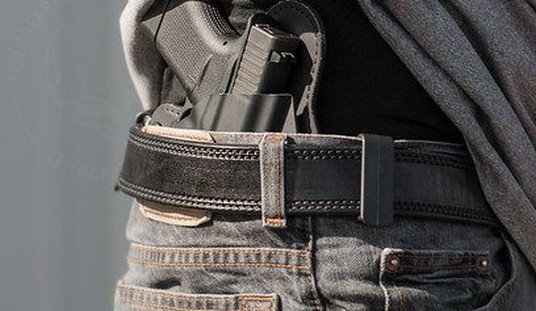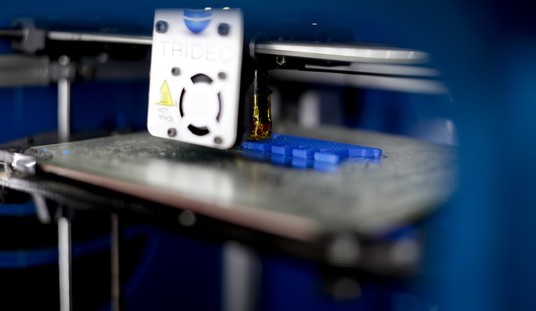https://www.full30.com/video/7e1b2a51a8ecb58d875581fc7712f9f6?ref=BA
All too often we hear the question “Why not just shoot them in the leg?” This graphic video of a fatal officer-involved shooting of a bank robber is the answer.
An Iranian bank robber armed with a knife is boxed in by a crowd that won’t let him leave, but leery of getting stabbed with his hunting knife, they won’t tackle him, either. A plainclothes police officer shows up armed with a pistol and tries to take the man into custody, but the robber runs around a car. He finally turns towards the officer with a dirt median strip behind him. The officer sees an opportunity to fire a debilitating shot that will impact with relatively safety in the soil of the median instead of of ricocheting off the pavement into the crowd.
He takes the shot at 1:40 into the video.
The round penetrates the man’s leg, striking the femoral artery and either tears or severs it completely. The man takes several steps, then collapses to the ground from blood loss within 15 seconds, woozy but still upright and conscious. A 2:19, approximately 40 seconds after being shot in the leg, the man has lost so much blood that he falls over unconscious.

No one in the crowd—including the Iranian police officer—has any idea what to do. One man finally steps forward and pulls off his belt to make an improvised tourniquet, but it is far too little, far too late.
The bank robber is dead just as fast from a shot to the leg as he would have been from a shot to the heart, and for the same reason; when a major artery or the heart itself is shot, blood doesn’t get pumped to the brain. When the brain can’t get oxygenated blood because either the pump (the heart) or the delivery system (major arteries) are destroyed, a person will quickly die.
So, shoot him in the arm/shoulder instead?
The same thing might have occurred if the officer had fired a bullet into the robber’s upper arm or shoulder, striking the subclavian, axillary, or brachial arteries. The only real difference is that it might have taken a few seconds longer for the robber to lose consciousness and die if those arteries were struck.
Would it have made any difference if the man in the crowd had pulled off his belt and tried to make a tourniquet sooner? Unlikely. A belt alone is unlikely to exert enough pressure on the femoral artery to close it, and it’s unlikely that they (or you) know how to improvise a windlass out of nearby objects in time.
Improvised tourniquets fail far more often than they are successful.

There is a reason I consider a SOFTT-W tourniquet in a PHLSter Flatpack carrier as the most critical part of my everyday carrier gear, every bit as important as my handgun. Despite the conventional wisdom of internet “experts,” you’re not likely to be able to improvise a tourniquet in time to save lives in the event of a shooting, an accident at home or at a job site, or on the road after a collision. As this graphic video makes abundantly clear, you have just seconds to get a tourniquet in place and stop the bleed.
Please consider getting a quality, combat-proven tourniquet (either the SOFTT-W preferred by my Green Beret Medic and trauma management instructor Mike Voytko, or the CAT tourniquet from North American Rescue) and make it part of your every-day-carry.
Tourniquets can save lives when nothing else can.








Join the conversation as a VIP Member